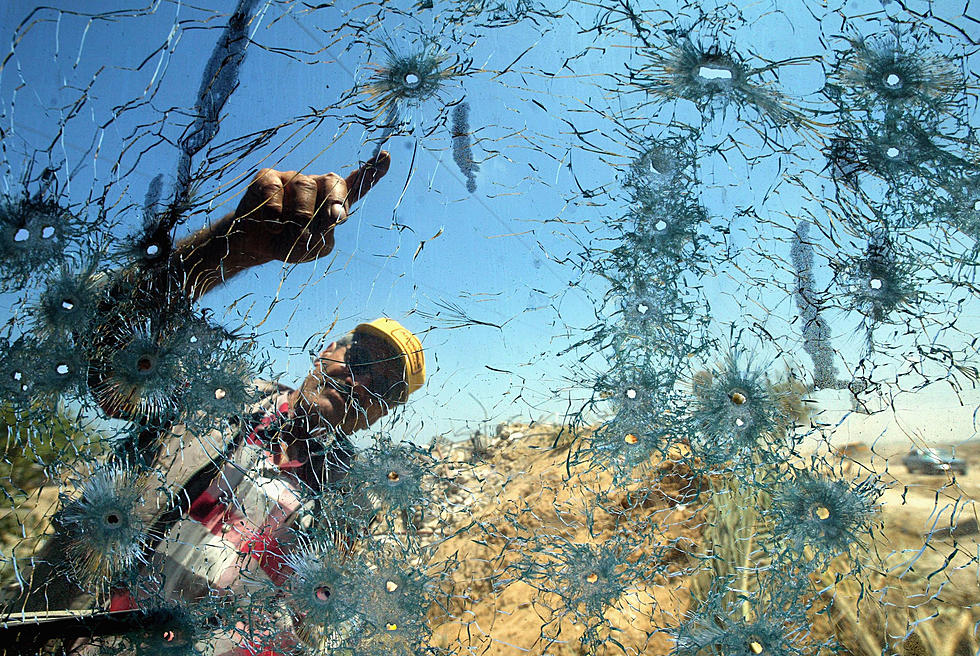
Ada County Chip Sealing Season Ends!
"Winter is coming." It's not often you can start an article on roads with a Game of Thrones reference, but the end of chip sealing season in Ada County is another sign that Jon Snow, the Starks, and the Lannisters were right Winter is coming to Idaho.
The Ada County Highway District announced in a release that chip sealing is over until next Summer. Our windshields can breathe a sigh of relief now by not having to worry about those rocks that cause us to have to replace them. Did your windshield survive this season, or did you have to make the call to the multiple windshield replacement services?
ACHD came within six miles of chip sealing 300 miles of roads in Ada County this year. The area that was repaired was south of I-84 in Meridian. The Covid workforce shortage that has impacted every business in our state did have an effect on ACHD. The triple digits along only one crew, as opposed to the usual two, completed fifty percent of the residential roads in Zone 2 South along with the arterial roads. Officials as ACHD reviewed the chip season of 2021.
“It was a different year with a lot of challenges, but our crew really came through,” said Jennifer Berenger, Deputy Director of Maintenance. “Not only were there great lessons learned, there are techniques we used this year that will persevere for seasons to come.”
Zone 2 was originally scheduled for chip sealing in 2020 before operations were suspended due to COVID-19 concerns. Crews instead worked on backlog maintenance projects.
Next year, crews are scheduled to focus on Zone 3, which covers Kuna and southern Ada County.
Chip sealing is a cost-effective way to extend the life of Ada County's roads. Roads naturally break down as the oil in the road starts to oxidize. Traffic, weather and weight also break the roads down, eventually causing cracks and deterioration. By applying the chip seal, crews can go a longer time in between replacing roadways.
Chip sealing in Ada County is broken down into six zones, and crews typically work on one zone each year. Crews chip seal all arterials in the zone, and half of the residential roads in that zone. Arterial roads are scheduled for chip sealing every six years, while residential roads are chip sealed every 12 years.
To chip seal, crews first apply a filler into cracks to keep water from seeping into the base. Sweepers remove debris from the road, then a distributor truck lays down oil. A spreader box drops down the chips. Pneumatic rollers, along with local traffic, help push the chips down as the emulsion hardens. Once hardened, sweeper trucks remove the loose chips and crews apply a fog seal over the road. Lastly, paint crews restripe the roadway.
10 Things Guaranteed to Give Boise Drivers Road Rage
Boise State's Blue Field Celebrating 35 years
Idaho Satanists March on Statehouse
More From Idaho’s Talk Station









